-
 bitcoin
bitcoin $112715.707551 USD
-1.71% -
 ethereum
ethereum $4101.475385 USD
-3.01% -
 tether
tether $1.000644 USD
-0.02% -
 bnb
bnb $1207.619465 USD
-6.77% -
 xrp
xrp $2.501451 USD
-3.98% -
 solana
solana $202.947124 USD
-3.32% -
 usd-coin
usd-coin $1.000295 USD
0.04% -
 dogecoin
dogecoin $0.203884 USD
-4.47% -
 tron
tron $0.317154 USD
-1.72% -
 cardano
cardano $0.695009 USD
-4.43% -
 hyperliquid
hyperliquid $38.853961 USD
-8.23% -
 chainlink
chainlink $18.988674 USD
-4.64% -
 ethena-usde
ethena-usde $1.000233 USD
-0.03% -
 stellar
stellar $0.337050 USD
-3.63% -
 bitcoin-cash
bitcoin-cash $536.861728 USD
-1.28%
What are the best indicators for trading XRP contracts?
RSI, MACD, and Bollinger Bands help gauge XRP momentum and volatility, while volume and trend-following tools like EMAs and Ichimoku improve trade accuracy.
Oct 13, 2025 at 07:19 pm
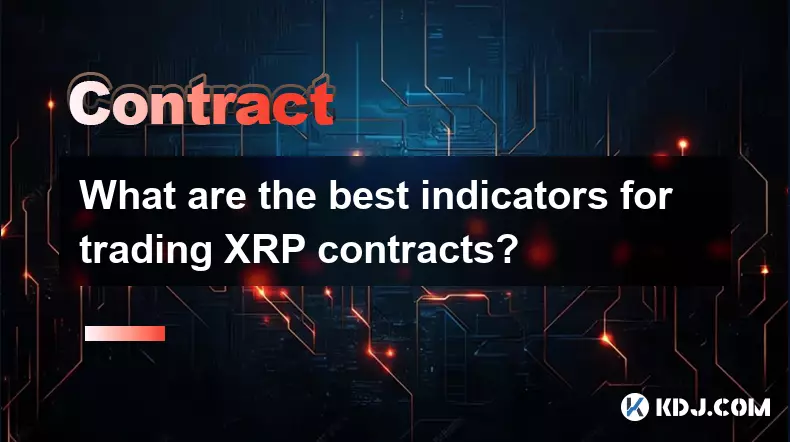
Understanding Momentum Indicators for XRP Trading
1. The Relative Strength Index (RSI) is widely used in analyzing XRP price movements. Traders monitor RSI values to identify overbought or oversold conditions, typically above 70 and below 30 respectively. When RSI crosses these thresholds during high volatility periods, it often signals potential reversals.
2. Moving Average Convergence Divergence (MACD) provides insight into trend strength and direction. By comparing short-term and long-term exponential moving averages, MACD helps detect shifts in momentum. A bullish crossover occurs when the MACD line surpasses the signal line, suggesting upward pressure on XRP prices.
3. Stochastic Oscillator complements RSI by measuring the closing price relative to the price range over a specific period. Sharp divergences between price action and stochastic readings may indicate weakening trends. This is particularly useful during consolidation phases in XRP markets.
4. Volume-weighted indicators such as On-Balance Volume (OBV) track capital flow into and out of XRP contracts. Sudden spikes in OBV often precede breakout attempts. Consistent volume alignment with price trends increases confidence in continuation patterns.
Volatility-Based Tools for Contract Precision
1. Bollinger Bands adjust dynamically based on market volatility. When XRP price touches the upper band, it might suggest overextension, while contact with the lower band can imply undervaluation. Squeezes within the bands frequently lead to explosive moves once volatility expands.
2. Average True Range (ATR) quantifies market volatility without indicating direction. High ATR values alert traders to increased risk and potential slippage during entry or exit. Position sizing should be adjusted accordingly when ATR exceeds recent averages.
3. Keltner Channels, which use ATR to set channel boundaries, help define trend channels more accurately than fixed percentage bands. Price breaking above the upper Keltner line amid rising volume may confirm strong bullish sentiment in leveraged XRP positions.
4. Donchian Channels highlight breakout opportunities by tracking the highest high and lowest low over a defined lookback period. Breakouts from these levels are commonly used as entry triggers in trend-following strategies involving XRP futures.
Integration of Trend-Following Metrics
1. The 50-period and 200-period Exponential Moving Averages (EMA) serve as dynamic support and resistance zones in XRP contract trading. Golden and death crosses formed by these EMAs carry psychological weight among institutional participants, often triggering algorithmic responses.
2. Parabolic SAR places dots above or below price candles, signaling potential reversal points. During sustained trends, SAR trails price closely, offering trailing stop levels that adapt to market speed. It performs best when combined with other confirming indicators.
3. Ichimoku Cloud combines multiple components into one comprehensive system. The cloud itself acts as both support and resistance, while the Tenkan-sen and Kijun-sen lines generate trade signals. When XRP price moves above the cloud with Chikou Span confirming, it reflects strong bullish structure.
4. ADX (Average Directional Index) measures trend strength regardless of direction. Values above 25 suggest a trending market suitable for momentum strategies. Low ADX readings prompt traders to shift toward range-bound tactics like selling options or using Bollinger Band reversion plays.
Common Questions About XRP Contract Indicators
Q: Can RSI alone be trusted for timing entries in XRP futures? A: Relying solely on RSI is risky due to frequent whipsaws in crypto markets. It should be paired with structural confirmation such as candlestick patterns or key level breaks. For example, an oversold RSI near a major horizontal support increases reliability.
Q: How does volume impact the effectiveness of MACD in XRP trading? A: Volume validates MACD signals. A bullish crossover accompanied by expanding volume suggests genuine buying interest. Conversely, crossovers on flat volume may reflect noise rather than meaningful momentum shifts.
Q: What time frame works best with Bollinger Bands for XRP contracts? A: The 4-hour and daily charts provide optimal balance between signal quality and responsiveness. Shorter time frames generate excessive false squeezes, while weekly data may lag real-time price action needed for active contract management.
Q: Is the Ichimoku Cloud effective during sideways XRP markets? A: In ranging conditions, the cloud loses predictive power as price oscillates through it repeatedly. Traders often switch to simpler tools like horizontal support/resistance or pivot points until a clear directional bias re-emerges.
Disclaimer:info@kdj.com
The information provided is not trading advice. kdj.com does not assume any responsibility for any investments made based on the information provided in this article. Cryptocurrencies are highly volatile and it is highly recommended that you invest with caution after thorough research!
If you believe that the content used on this website infringes your copyright, please contact us immediately (info@kdj.com) and we will delete it promptly.
- BTC, ETH, and Crypto Presales: Navigating the Storm with MoonBull & LivLive
- 2025-10-15 11:05:13
- BlackRock's Bitcoin ETF Buzz Down Under: Australia's Crypto Scene Heats Up
- 2025-10-15 11:45:15
- Trump, Bitcoin, and Trump Media: A New York Minute on Crypto's Latest Twist
- 2025-10-15 11:05:13
- Altcoin Season Incoming? Historical Setups and Trends to Watch
- 2025-10-15 11:45:15
- Crypto Scam Crackdown: Cambodian Executive, Bitcoin Seizure, and a $14 Billion Heist
- 2025-10-15 11:10:00
- Bitcoin's Wild Ride: Structural Demand Survives the Liquidation Tsunami
- 2025-10-15 11:10:00
Related knowledge

How to calculate the ROI for Ethereum contracts?
Oct 09,2025 at 04:36pm
Understanding Ethereum Contract ROI Basics1. Return on Investment (ROI) for Ethereum contracts begins with tracking the initial capital deployed into ...

How to find arbitrage opportunities between different Bitcoin contracts?
Oct 14,2025 at 11:18pm
Finding Arbitrage Opportunities in Bitcoin Futures Markets1. Monitor price discrepancies across exchanges offering Bitcoin futures contracts. Differen...
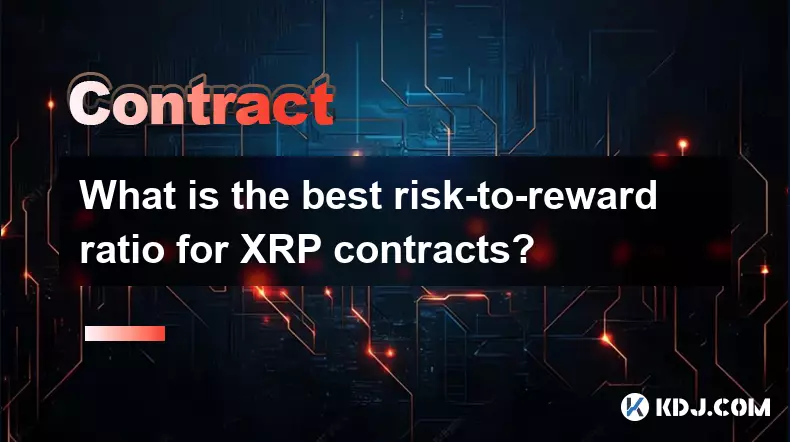
What is the best risk-to-reward ratio for XRP contracts?
Oct 11,2025 at 04:18am
Understanding Risk-to-Reward in XRP Futures Trading1. The risk-to-reward ratio is a fundamental metric used by traders to evaluate the potential profi...
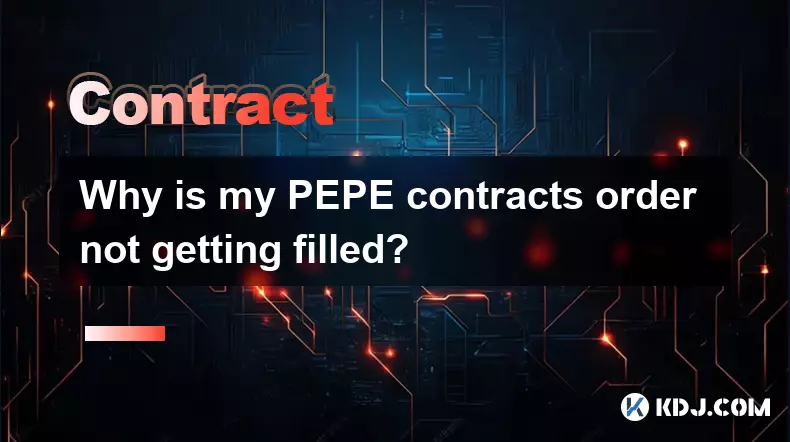
Why is my PEPE contracts order not getting filled?
Oct 12,2025 at 06:01pm
Understanding Liquidity Issues in PEPE Contracts1. Low liquidity is one of the primary reasons a PEPE contract order may not get filled. Many meme-bas...
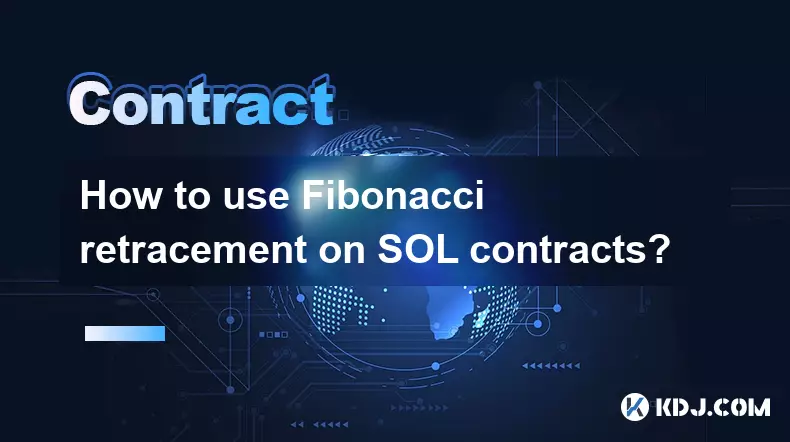
How to use Fibonacci retracement on SOL contracts?
Oct 14,2025 at 02:36pm
Fibonacci Retracement Basics in SOL Trading1. Fibonacci retracement is a technical analysis tool used to identify potential support and resistance lev...

Is it better to trade Dogecoin contracts or spot?
Oct 12,2025 at 04:54pm
Understanding Dogecoin Spot Trading Mechanics1. Spot trading involves the direct purchase and ownership of Dogecoin at the current market price. Trade...

How to calculate the ROI for Ethereum contracts?
Oct 09,2025 at 04:36pm
Understanding Ethereum Contract ROI Basics1. Return on Investment (ROI) for Ethereum contracts begins with tracking the initial capital deployed into ...

How to find arbitrage opportunities between different Bitcoin contracts?
Oct 14,2025 at 11:18pm
Finding Arbitrage Opportunities in Bitcoin Futures Markets1. Monitor price discrepancies across exchanges offering Bitcoin futures contracts. Differen...

What is the best risk-to-reward ratio for XRP contracts?
Oct 11,2025 at 04:18am
Understanding Risk-to-Reward in XRP Futures Trading1. The risk-to-reward ratio is a fundamental metric used by traders to evaluate the potential profi...

Why is my PEPE contracts order not getting filled?
Oct 12,2025 at 06:01pm
Understanding Liquidity Issues in PEPE Contracts1. Low liquidity is one of the primary reasons a PEPE contract order may not get filled. Many meme-bas...

How to use Fibonacci retracement on SOL contracts?
Oct 14,2025 at 02:36pm
Fibonacci Retracement Basics in SOL Trading1. Fibonacci retracement is a technical analysis tool used to identify potential support and resistance lev...

Is it better to trade Dogecoin contracts or spot?
Oct 12,2025 at 04:54pm
Understanding Dogecoin Spot Trading Mechanics1. Spot trading involves the direct purchase and ownership of Dogecoin at the current market price. Trade...
See all articles





















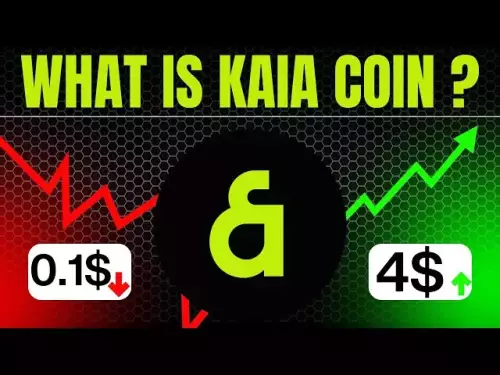




![Staking ATH: How To Stake $ATH in October 2025 with 523% APY — [Step-By-Step Guide] Staking ATH: How To Stake $ATH in October 2025 with 523% APY — [Step-By-Step Guide]](/uploads/2025/10/15/cryptocurrencies-news/videos/staking-ath-stake-ath-october-apy-stepstep-guide/68eef94d80903_image_500_375.webp)















































